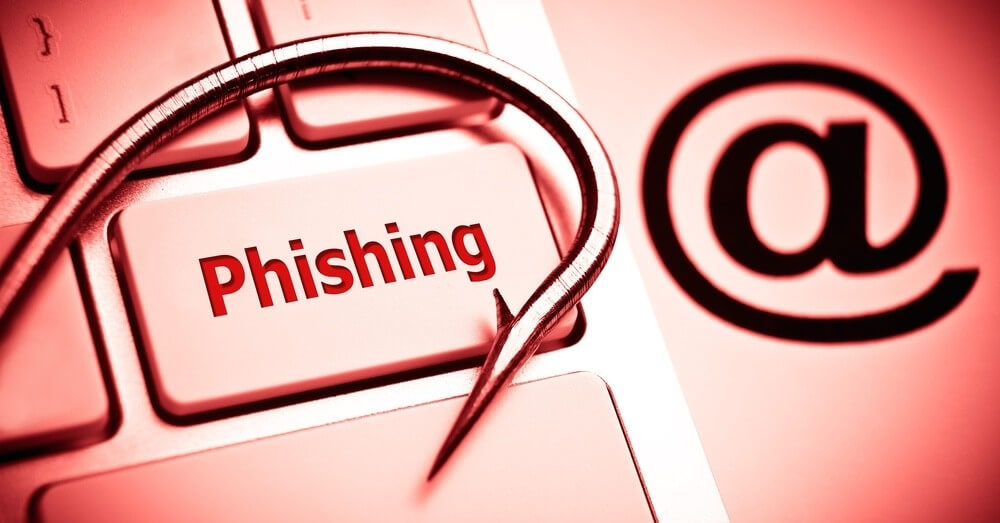Today, fraud is not a surprise, many people know that it is practiced in the internet on a regular basis. It seems that know everything, but still hundreds of users fall for the scam on the network on a daily basis. Why is this happen, if everyone is aware of the possible fraud, but still gets on it?
All this happens because every day new attacks are invented and people just do not have time to learn the information. Today, I want to tell you about one of the most popular cyber-attacks – phishing scams.
Phishing is one of the varieties of fraud in a network that uses social engineering to get access to confidential information, ie user name and password.
Fraudster needs such information in order to steal your website, bank office or other valuable account. Also, very often scammers use phishing scams, to gain access to your page in the social network. In short, it makes no odds why attackers receive your password, then you will suffer from it.
Let’s see how the phishing attack works and what actions are performed at the same time.
The first method is a mass mailing from the bank, the report contains information that you should sent an SMS notification with your personal data to confirm the identity. Basically, the notifications come very compelling, and people follow the steps that are listed in the message.
The next method is forging sites. As practice shows, the scammer forges a page where you enter your login and password. When you enter your data, a system shows that they are wrong. Thus, this notification should alert you.
If the site is fake, letters come to e-mail, where you are asked to click a link in the email.
How to protect yourself from phishing scams, if their massages are so convincing? Now we look at a few methods to avoid being caught on a similar cyber-attack in the future.
- Do not distribute your password to anyone, and remember that no one, under any circumstances, will not you do claim. He needed only to you, so you can go to the Members Area.
- If you receive a message with a link, do not rush to jump on it, and if you already completed the transition, do not enter your details.
- Pay attention to the address bar, fake sites have the same domain name, the difference can only be in one letter.
- Use the latest version of the browser and install a reliable anti-virus system.
We have told you about the general information of phishing attacks, let’s consider one of the following common types of phishing scams.
Phishing emails
In modern world, it is almost forgotten that you can write a letter by a pen, put in an envelope and send it to the recipient. Today, for convenience, we use e-mail. E-mail helps us in everything, to send an urgent job letter, to transmit information, to hand over reports, chat with friends and more.
With e-mail, every day we get a lot of letters, especially the unwanted messages that enter the “Spam” folder. Basically, every letter, which fell into this folder, contains a link for the transition. At first glance, there is nothing suspicious in it, since the letters come from the known companies. But, you know, if the email ended up in the folder you are a victim of phishing emails.
Fraudsters. who use such methods, use psychology. In order to achieve information they use different methods. If you see a letter from the known company that asks to restore the password, then you believe in this message and follow the link.
People are now familiar with fraud by hearsay, but, unfortunately, very few people delve into this subject, thinking that it will not affect them.
You need to know that criminals who use this method, have two purposes, the first is to get a login and password, the second one is to convince you to download a file. All of these actions may subsequently reflect badly on you.
If you receive a letter with such proposals, think before you do any action.
Now we will make a few examples of how to protect yourself from phishing emails.
1) After receiving a letter in the mail, which contains the link, and you need to follow the steps urgently, do not rush and pay attention to the address bar to see if the company name is written correctly.
2) If the letter is, absolutely, from an unknown addressee impelling you to perform any action, simply delete it.
3) It is better not to follow the link, even if a friend or partner sent you a letter, better to call him and ask if he sent this message.
4) If you have received a message from law enforcement authorities or court order, call the authority directly. Such services will not send such e-mails.
Elementary performance of simple rules will protect you from any fraud on the network.






